1. The Greatest American Hero
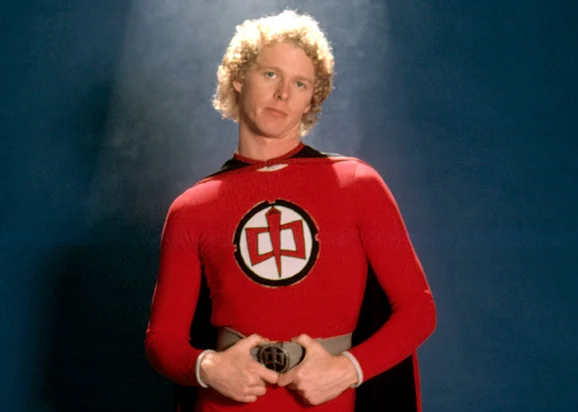
In the early ’80s, superhero shows were not yet the cultural powerhouse they are today, and The Greatest American Hero perfectly captured that weird, quirky vibe. The series followed Ralph Hinkley, a mild-mannered teacher who stumbles upon a super-powered suit, only to lose the instructions. What followed was a chaotic, often hilarious mix of comic-book heroism and incompetence, as Ralph tried—and mostly failed—to save the day. His relationship with his FBI handler, Bill Maxwell, added a layer of buddy-comedy gold that made the series even more charmingly odd.
What truly set The Greatest American Hero apart was its embrace of failure, making Ralph an unlikely hero who couldn’t fly straight, literally and figuratively. The show embraced the absurd, with plenty of campy action sequences and offbeat humor, all underscored by the unforgettable theme song, “Believe It or Not.” Although it only lasted three seasons, its oddball premise and lovable characters earned it a cult following. Fans to this day reminisce about Ralph’s embarrassing moments and the unique blend of heart and chaos that made this show such a cult hit.
2. ALF
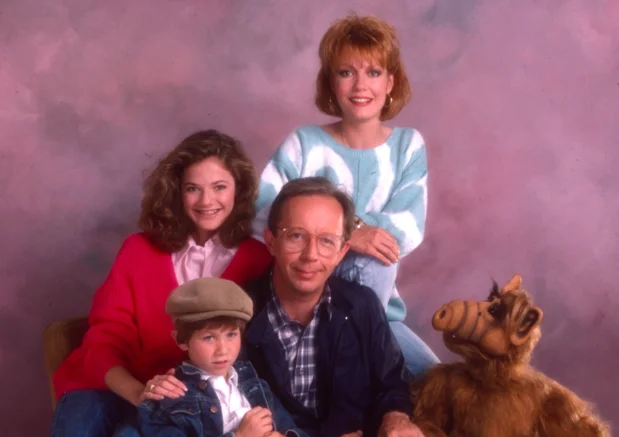
ALF was the show that had viewers asking, “What did we just watch?” The premise was simple enough—a wisecracking, alien puppet named ALF crashes into the Tanner family’s garage and moves in with them. But that’s where the simple stops and the weirdness begins. ALF, short for “Alien Life Form,” was part comedian, part troublemaker, and full of sarcasm, making for an unpredictable viewing experience. The show balanced family-friendly antics with ALF’s outrageous behavior, creating a surreal mix of domestic life and extraterrestrial absurdity.
Viewers were captivated by ALF’s insatiable appetite for cats, his constant mischief, and his bizarre perspective on Earth’s customs. The series veered into strange territory, mixing sitcom tropes with wacky science fiction in ways no other show dared to do. Though it only ran for four seasons, ALF earned a place in pop culture history, beloved for its unrelenting oddball humor and its wild premise. Even years after its cancellation, ALF remains a nostalgic favorite, with a fan base still cheering for the mischievous alien from Melmac.
3. Twin Peaks
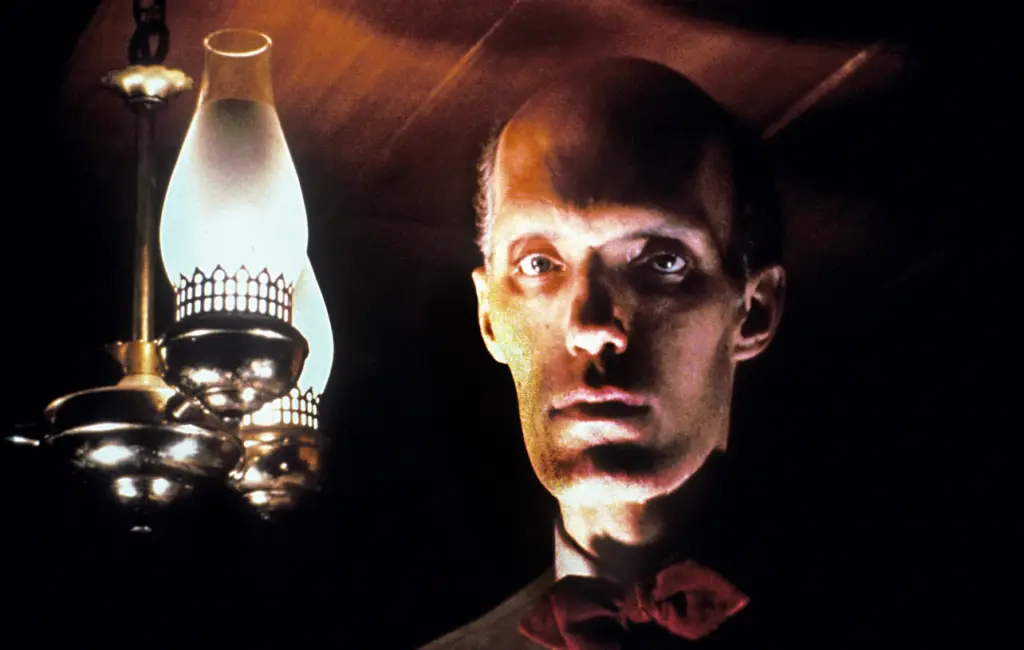
When Twin Peaks premiered in 1990, it took the strangeness of the late ’80s to a whole new level. The show, which revolved around the murder of high school student Laura Palmer in the small town of Twin Peaks, was a heady mix of mystery, drama, and surrealism. At first glance, it seemed like your typical murder mystery, but the bizarre characters, dreamlike sequences, and creepy undertones quickly made it clear this was something far stranger. Directed by David Lynch, Twin Peaks had a unique atmosphere, blending noir elements with supernatural themes.
What made Twin Peaks a cult classic was its unpredictable nature and its exploration of the strange, the unexplained, and the downright eerie. From the talking log to Agent Cooper’s dreamlike visions, the show made viewers question what was real and what was part of Lynch’s twisted mind. It wasn’t just a whodunit—it was a deep dive into the subconscious, leaving fans endlessly theorizing. Though its run was short, the show remains a staple in the cult TV canon, inspiring countless imitators and a passionate following that continues to celebrate its weirdness.
4. Perfect Strangers
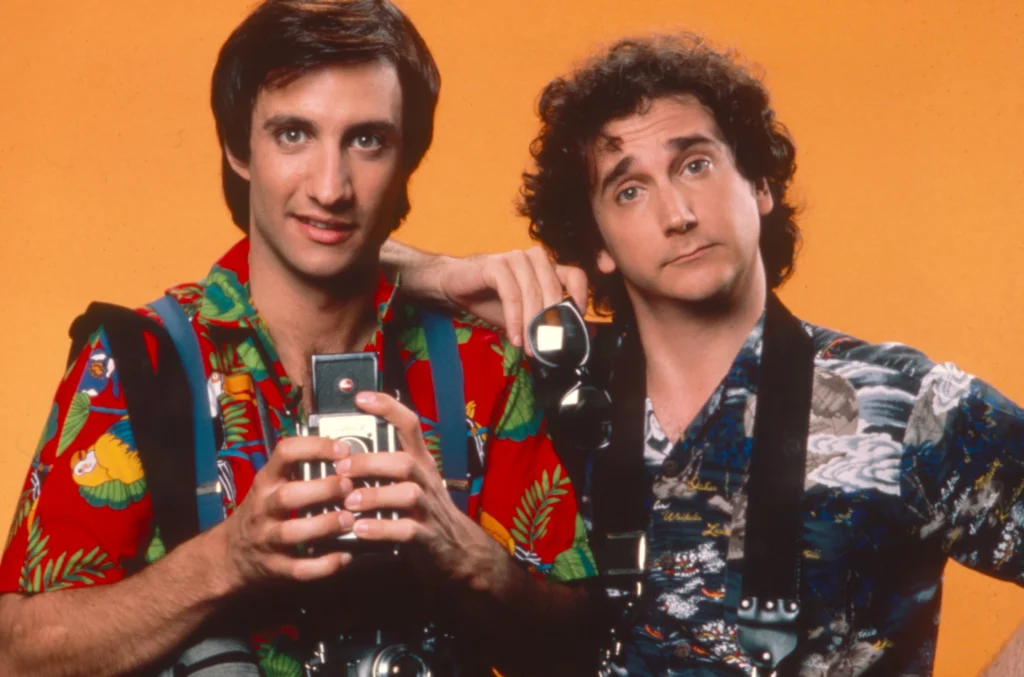
It’s hard to explain Perfect Strangers without shaking your head in disbelief. The premise was simple enough—two cousins, one from the U.S. (Larry) and one from a small Mediterranean island (Balki), live together in a Chicago apartment. But Balki’s charmingly naïve behavior, combined with Larry’s straight-laced, neurotic personality, created one of the oddest odd-couple pairings in TV history. The comedy stemmed from the cultural clashes between the two cousins, with Balki introducing Larry to his eccentric traditions.
The show didn’t just rely on fish-out-of-water jokes—it leaned heavily into slapstick humor, bizarre misunderstandings, and offbeat cultural references. While Perfect Strangers wasn’t necessarily groundbreaking, its surreal comedy and lovable characters made it a standout during the TGIF era. The wacky antics of Balki and Larry became a staple of the ’80s, earning Perfect Strangers a cult following that remains loyal, thanks to the show’s oddball humor and unlikely heroics.
5. The X-Files
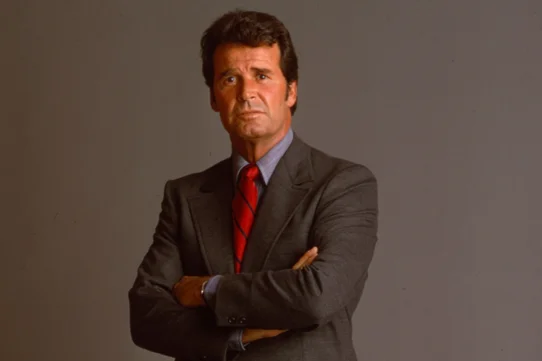
Although The X-Files premiered in 1993, its roots in the late ’80s helped give rise to a wave of sci-fi, conspiracy theory-driven TV shows, with plenty of twists that make it a cult classic. The series followed FBI agents Mulder and Scully as they investigated the bizarre and unexplained—everything from alien encounters to government cover-ups. Its dark tone, combined with strange supernatural occurrences, quickly became an obsession for viewers. The “Will they or won’t they?” relationship between Mulder and Scully, intertwined with unexplained mysteries, kept the show suspenseful.
The X-Files brought a level of weirdness to the mainstream that few shows had attempted before, merging government conspiracy with eerie folklore and outright alien paranoia. The show’s odd cases, like those involving bizarre creatures or unexplainable phenomena, left audiences hooked for every cryptic detail. It was this mix of horror, suspense, and science fiction that turned The X-Files into a TV institution, making it an iconic cult hit. Even today, its influence continues to echo in pop culture, keeping the mystery of the “truth” alive.
6. Pee-wee’s Playhouse
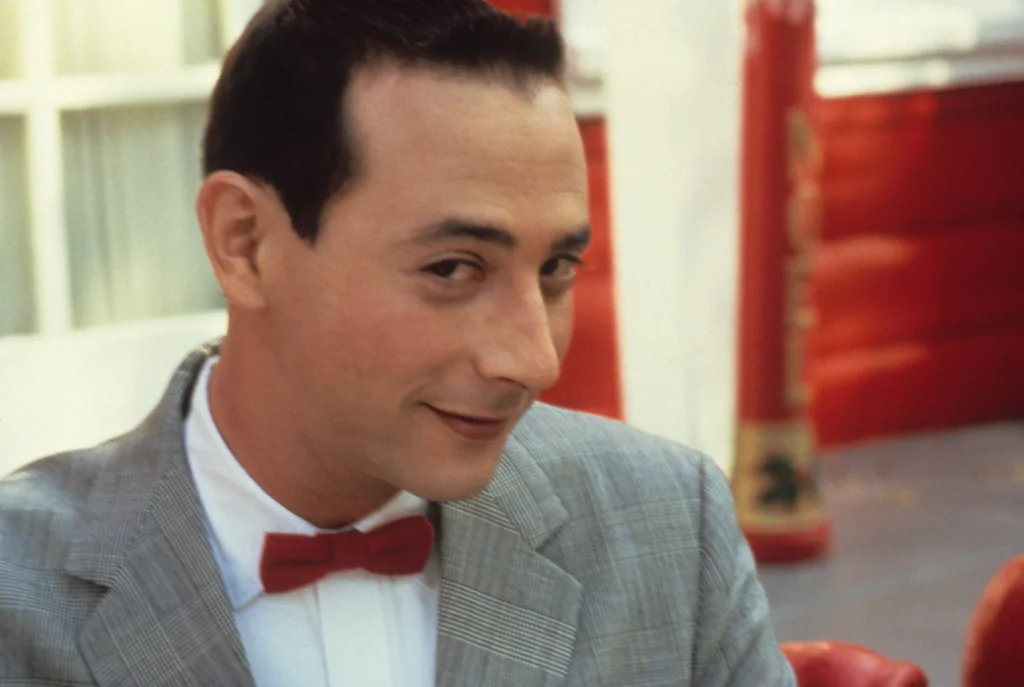
At first glance, Pee-wee’s Playhouse was the zany, colorful children’s show you might expect from the mind of Pee-wee Herman, but it quickly became much more than that. With its off-the-wall characters, surreal setting, and unconventional approach to storytelling, Pee-wee’s Playhouse transcended traditional kids’ television. Pee-wee (Paul Reubens) hosted his own quirky universe filled with talking furniture, a pet chair, and an ever-evolving cast of eccentric characters. Each episode was a whirlwind of visual gags, puns, and unexpected absurdities, with the bright set reflecting the show’s playful weirdness.
What made Pee-wee’s Playhouse truly bizarre, though, was how it straddled the line between children’s entertainment and adult absurdism. While aimed at kids, the humor often included deep cultural references and moments of offbeat surrealism that delighted parents. Its distinctiveness helped the show become a pop culture phenomenon, endearing itself to viewers who embraced its eccentricity. Despite its brief run, Pee-wee’s Playhouse has maintained a devoted fan base, forever remembered as one of the most bizarre—and beloved—shows of the ’80s.


